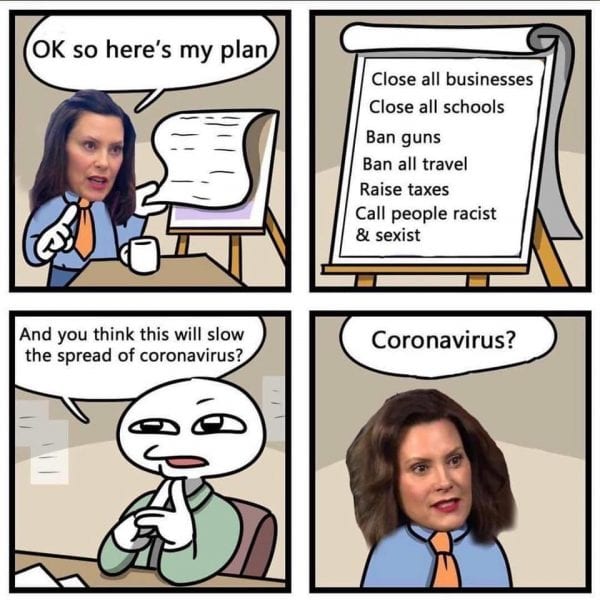Maybe that’s because deep down inside they’re little dictators with delusions of power and glory.
Apparently ‘power positions’ attract these types.
The Trust Deficit
Faced with disaster, authorities often worry more about an unruly public than about the crisis at hand.
On January 13, 2012, the cruise ship Costa Concordia struck a submerged rock off the coast of Italy. The sea poured through a 160-foot gash below the waterline, flooding nearly half the ship’s watertight compartments. The captain, hoping he could have the ship towed into port, delayed notifying the coast guard. Instead of directing passengers to lifeboats, the crew assured them that all was normal. “We have solved the problems we had and invite everyone to return to their cabins,” one crewmember told passengers assembled at a muster station. The ship’s leadership seemed more focused on preventing panic than on the safety of the passengers. By the time everyone was ordered to abandon ship, the vessel was close to capsizing. In the end, 32 lives were lost.
In retrospect, the behavior of the captain and crew of the Costa Concordia appears stunningly dishonest and reckless—and it was. But it was also surprisingly typical of people in authority during disasters. In case after case, we see leaders—from ship crews to local police to federal officials—who seem more concerned about potentially unruly behavior by ordinary citizens than about the crisis at hand. In reality, most civilians show impressive calm and resilience in emergencies. Nonetheless, authorities find it hard to shake their fear that any big disruption will turn the public into a panicked, or even criminal, mob. In response, they often try to limit or spin information, clamp down on public movement, and step up measures against anticipated lawbreaking.
It’s understandable that officials want civilians to stay put and out of trouble during disasters. That’s usually good advice—but not always. People on the upper floors of the World Trade Center were told to “shelter in place”—standard procedure at the time—after planes struck the towers on 9/11. The only survivors from those floors were those who defied the instructions. In 2014, hundreds of South Korean high school students obediently followed orders to stay below decks while the ocean-going ferry MV Sewol took on water and sank, killing more than half of the 476 passengers and crew on board. Authorities also frequently mobilize to prevent anticipated spasms of lawbreaking. After the Alaska earthquake of 1964, officials in Anchorage temporarily halted searching for survivors in order to defend downtown stores from a nonexistent army of looters.
Whether authorities face an immediate crisis, such as an earthquake, or a slower-moving calamity like the Covid-19 pandemic, their responses generally fit the pattern. In the early minutes—or days, or weeks—of a crisis, it’s hard for everyone to accept that the disaster is actually happening or to imagine how much worse it could get. People in positions of responsibility usually see their first job as reassuring the public and tamping down panic. In the U.S., officials at all levels of government used similar language as the threat of the novel coronavirus loomed.
“I’m not going to go out and start screaming, this could happen,” Trump said, justifying his early statements downplaying the threat. “I don’t want to create havoc and shock.” New York governor Andrew Cuomo took the same stance. “I’m as afraid of the fear and the panic as I am of the virus, and I think that the fear is more contagious than the virus right now,” he said on March 19, explaining his reluctance to issue a full shutdown order. Even medical experts sometimes fall into this trap: “There is no reason to foster panic with exaggerated language,” wrote the editor of the Lancet, the British medical journal, in response to alarming early reports on the virus.
Officials who don’t trust the public to handle bad news often sugarcoat or obfuscate facts. Then, when the public senses that it’s being spun or lied to, it begins to lose faith in these officials. This breakdown in trust dulls our best tools for fighting the virus. Until we have a vaccine, the only way to slow transmission is to change public behavior. Epidemiologists have long known that getting people to change their daily routines isn’t easy; it requires deep trust on both sides.
The Centers for Disease Control devotes a whole chapter to communications strategy in its Field Epidemiology Manual. The agency recommends designating a lead spokesperson to deliver the core message about what the public is expected to do. Spokespeople should be empathetic but also honest about what experts know and don’t know. Above all, they should not “over-reassure or overpromise.” In The New Yorker, Charles Duhigg recently contrasted New York’s disastrous early response to the outbreak with Washington State’s more effective approach. The upshot: in Washington, scientists took the lead in educating the public; in New York City and State, politicians hogged the microphones, offering overconfident assertions and contradictory advice.
Mixed messages have also hindered communications at the federal level. Though President Trump has given his top health officials ample time to communicate in press briefings, he often adds his own upbeat, speculative, and, at times, bizarre commentary. There’s no unified message. As one former CDC official told Duhigg, “If you have a politician on the stage, there’s a very real risk that half the nation is going to do the opposite of what they say.” The public is especially likely to disregard advice from leaders who don’t bother following it themselves. More than three weeks after the White House recommended that everyone wear a mask in public, Vice President Mike Pence declined a face covering when visiting the Mayo Clinic.
Often, politicians just talk too much. No political leader wants to be caught saying the words “I don’t know.” In the early days, when scientists knew little about how Covid-19 spreads, New York mayor Bill de Blasio tended to turn those unknowns into optimistic assurances: “There is no indication that casual contact with someone who is infected could lead to others contracting this disease,” he claimed. In his efforts to stave off panic, de Blasio instead encouraged complacency. The public would have been better served with a calibrated dose of fear and a healthy respect for the unknown.
“Words matter,” writes Amanda Ripley, a longtime student of disasters. Communications need to be clear and honest, but the underlying policies also have to make sense. Americans are willing to make sacrifices, but only if the directives they’re given are “understandable and fair and allow people some amount of autonomy,” Ripley writes. That last part—allowing autonomy—is often the hardest for officials to accept.
Disaster researchers sometimes use the phrase “elite panic” to describe cases where distrust of the public leads authorities to enact heavy-handed measures during crises. The term is a bit overheated, but the phenomenon is real. During the pandemic, many restrictions have been sensible, and the public has largely complied. But some localities have gone overboard with excessive, capricious regulations. In Michigan, Governor Gretchen Whitmer allowed stores to open for some essentials but ordered them to cordon off aisles of seeds and garden supplies. In San Clemente, California, officials brought in heavy equipment to fill a beachfront skateboard park with 37 tons of sand in order to deter a few youthful skaters. Even as other states began taking steps toward reopening, California state officials reportedly floated plans to close all state parks and beaches. After a brief controversy, Governor Gavin Newsom announced that only Orange County beaches would close.
To be fair, no simple roadmap exists for how to balance the benefits of less restrictive rules against whatever risks more openness might entail. But when officials issue blanket prohibitions—with no leeway for individual autonomy or common sense—they risk a backlash. Locals quickly dug out that San Clemente skate park. Protests against extensive lockdowns flared up in several state capitals. Most were small affairs, though the armed protestors who showed up in Michigan’s capital on April 30 certainly spooked many. Still, surveys show general support for stay-at-home orders, even among conservatives, at least for now. But public patience and obedience won’t last forever.
“Michigan is one of the hardest hit states, and most of us are willing to accept very painful measures to defeat the virus,” wrote Detroit News columnist Nolan Finley in mid-April. But “when the edicts began to feel punitive and vindictive, when they took on the aura of a police state, the people dug in.” This underlying frustration with draconian rules will likely grow as Covid-19 cases drop and as some parts of the country reopen more quickly than others. Americans have done more to slow the pandemic than many experts might have thought possible. But the costs of the country’s long shutdown are escalating, while the benefits—at least in many regions—diminish. Both the public and our leaders need to face two harsh realities: the current path is not sustainable, and there are no risk-free options.



